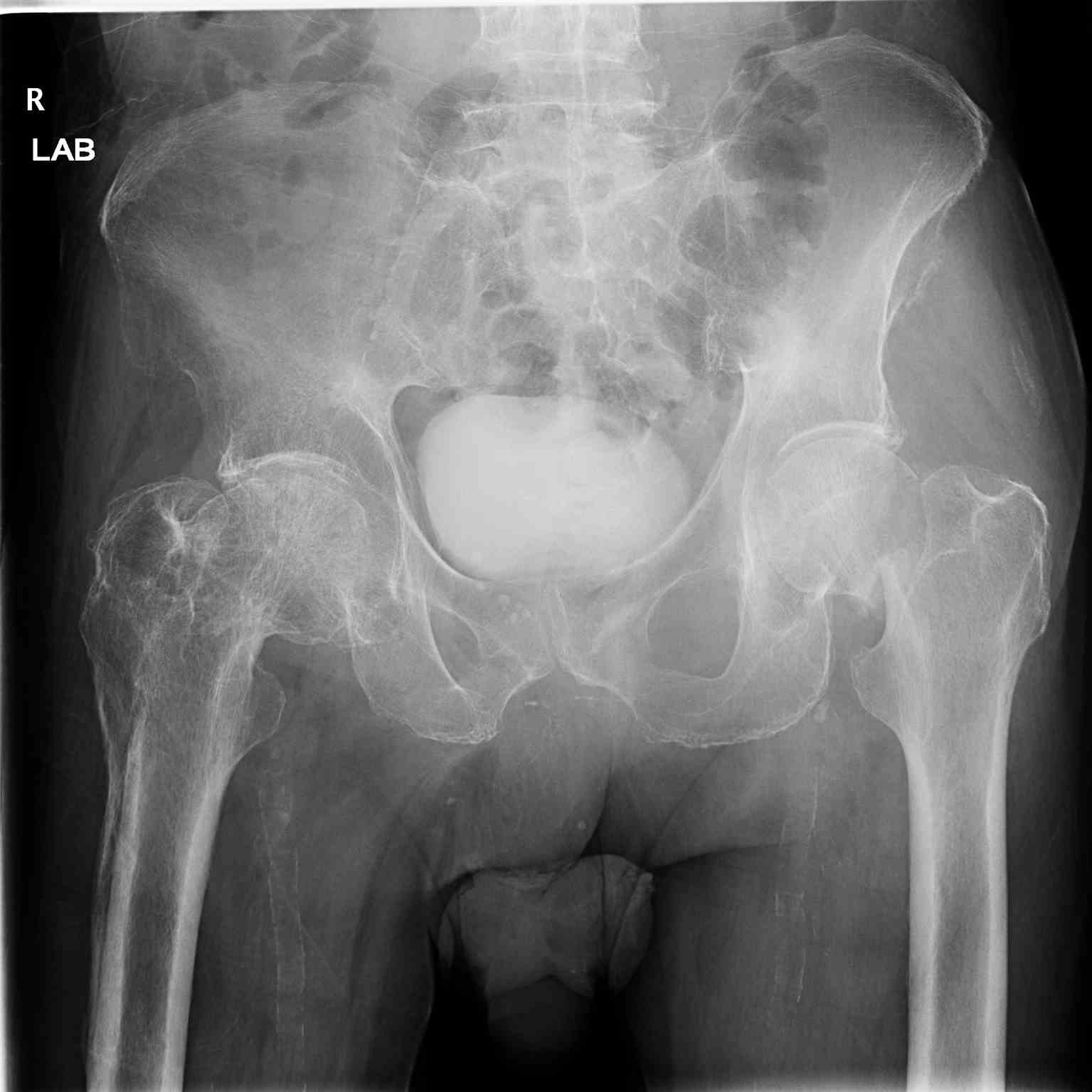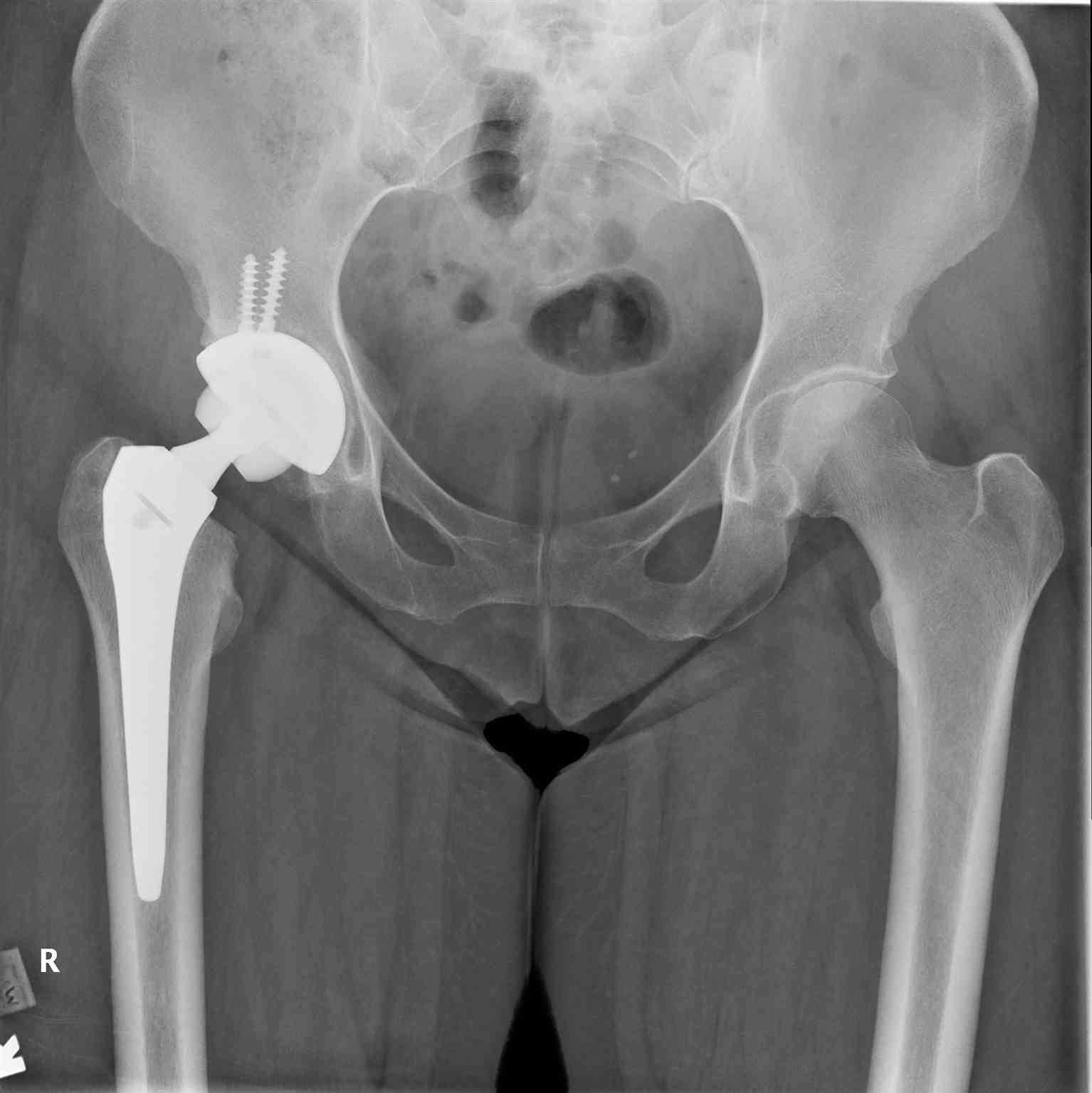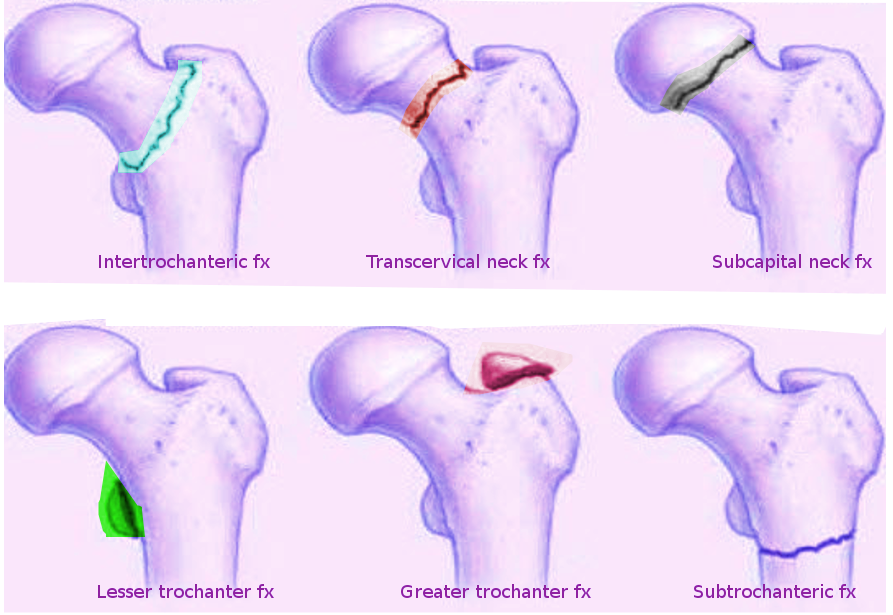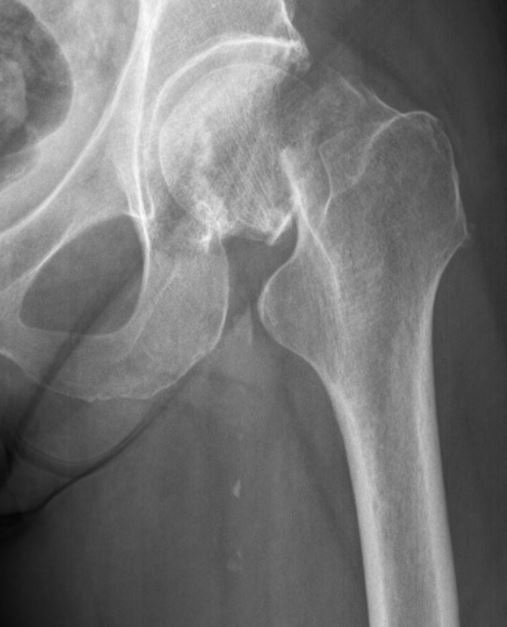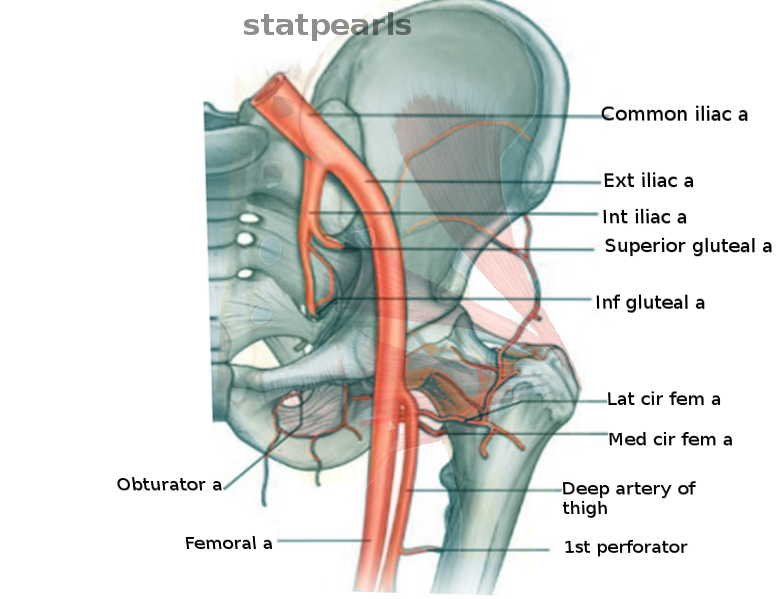[1]
Crist BD, Eastman J, Lee MA, Ferguson TA, Finkemeier CG. Femoral Neck Fractures in Young Patients. Instructional course lectures. 2018 Feb 15:67():37-49
[PubMed PMID: 31411399]
[2]
Brauer CA, Coca-Perraillon M, Cutler DM, Rosen AB. Incidence and mortality of hip fractures in the United States. JAMA. 2009 Oct 14:302(14):1573-9. doi: 10.1001/jama.2009.1462. Epub
[PubMed PMID: 19826027]
[3]
Shimizu T, Miyamoto K, Masuda K, Miyata Y, Hori H, Shimizu K, Maeda M. The clinical significance of impaction at the femoral neck fracture site in the elderly. Archives of orthopaedic and trauma surgery. 2007 Sep:127(7):515-21
[PubMed PMID: 17541613]
[4]
Miyamoto RG, Kaplan KM, Levine BR, Egol KA, Zuckerman JD. Surgical management of hip fractures: an evidence-based review of the literature. I: femoral neck fractures. The Journal of the American Academy of Orthopaedic Surgeons. 2008 Oct:16(10):596-607
[PubMed PMID: 18832603]
[5]
Brox WT, Roberts KC, Taksali S, Wright DG, Wixted JJ, Tubb CC, Patt JC, Templeton KJ, Dickman E, Adler RA, Macaulay WB, Jackman JM, Annaswamy T, Adelman AM, Hawthorne CG, Olson SA, Mendelson DA, LeBoff MS, Camacho PA, Jevsevar D, Shea KG, Bozic KJ, Shaffer W, Cummins D, Murray JN, Donnelly P, Shores P, Woznica A, Martinez Y, Boone C, Gross L, Sevarino K. The American Academy of Orthopaedic Surgeons Evidence-Based Guideline on Management of Hip Fractures in the Elderly. The Journal of bone and joint surgery. American volume. 2015 Jul 15:97(14):1196-9. doi: 10.2106/JBJS.O.00229. Epub
[PubMed PMID: 26178894]
[6]
Protzman RR, Burkhalter WE. Femoral-neck fractures in young adults. The Journal of bone and joint surgery. American volume. 1976 Jul:58(5):689-95
[PubMed PMID: 932067]
[7]
Johnell O, Kanis JA. An estimate of the worldwide prevalence and disability associated with osteoporotic fractures. Osteoporosis international : a journal established as result of cooperation between the European Foundation for Osteoporosis and the National Osteoporosis Foundation of the USA. 2006 Dec:17(12):1726-33
[PubMed PMID: 16983459]
[8]
Cummings SR, Black DM, Nevitt MC, Browner W, Cauley J, Ensrud K, Genant HK, Palermo L, Scott J, Vogt TM. Bone density at various sites for prediction of hip fractures. The Study of Osteoporotic Fractures Research Group. Lancet (London, England). 1993 Jan 9:341(8837):72-5
[PubMed PMID: 8093403]
[9]
Lakstein D, Hendel D, Haimovich Y, Feldbrin Z. Changes in the pattern of fractures of the hip in patients 60 years of age and older between 2001 and 2010: A radiological review. The bone & joint journal. 2013 Sep:95-B(9):1250-4. doi: 10.1302/0301-620X.95B9.31752. Epub
[PubMed PMID: 23997141]
[10]
Koval KJ, Zuckerman JD. Hip Fractures: I. Overview and Evaluation and Treatment of Femoral-Neck Fractures. The Journal of the American Academy of Orthopaedic Surgeons. 1994 May:2(3):141-149
[PubMed PMID: 10709002]
Level 3 (low-level) evidence
[12]
Li M, Cole PA. Anatomical considerations in adult femoral neck fractures: how anatomy influences the treatment issues? Injury. 2015 Mar:46(3):453-8. doi: 10.1016/j.injury.2014.11.017. Epub 2014 Nov 26
[PubMed PMID: 25549821]
[13]
Dedrick DK, Mackenzie JR, Burney RE. Complications of femoral neck fracture in young adults. The Journal of trauma. 1986 Oct:26(10):932-7
[PubMed PMID: 3773004]
[14]
Kazley JM, Banerjee S, Abousayed MM, Rosenbaum AJ. Classifications in Brief: Garden Classification of Femoral Neck Fractures. Clinical orthopaedics and related research. 2018 Feb:476(2):441-445. doi: 10.1007/s11999.0000000000000066. Epub
[PubMed PMID: 29389800]
[15]
Bhandari M, Devereaux PJ, Swiontkowski MF, Tornetta P 3rd, Obremskey W, Koval KJ, Nork S, Sprague S, Schemitsch EH, Guyatt GH. Internal fixation compared with arthroplasty for displaced fractures of the femoral neck. A meta-analysis. The Journal of bone and joint surgery. American volume. 2003 Sep:85(9):1673-81
[PubMed PMID: 12954824]
Level 1 (high-level) evidence
[16]
Fixation using Alternative Implants for the Treatment of Hip fractures (FAITH) Investigators., Fracture fixation in the operative management of hip fractures (FAITH): an international, multicentre, randomised controlled trial. Lancet (London, England). 2017 Apr 15
[PubMed PMID: 28262269]
Level 1 (high-level) evidence
[17]
Rogmark C, Leonardsson O. Hip arthroplasty for the treatment of displaced fractures of the femoral neck in elderly patients. The bone & joint journal. 2016 Mar:98-B(3):291-7. doi: 10.1302/0301-620X.98B3.36515. Epub
[PubMed PMID: 26920951]
[18]
Avery PP, Baker RP, Walton MJ, Rooker JC, Squires B, Gargan MF, Bannister GC. Total hip replacement and hemiarthroplasty in mobile, independent patients with a displaced intracapsular fracture of the femoral neck: a seven- to ten-year follow-up report of a prospective randomised controlled trial. The Journal of bone and joint surgery. British volume. 2011 Aug:93(8):1045-8. doi: 10.1302/0301-620X.93B8.27132. Epub
[PubMed PMID: 21768626]
Level 1 (high-level) evidence
[19]
Hedbeck CJ, Enocson A, Lapidus G, Blomfeldt R, Törnkvist H, Ponzer S, Tidermark J. Comparison of bipolar hemiarthroplasty with total hip arthroplasty for displaced femoral neck fractures: a concise four-year follow-up of a randomized trial. The Journal of bone and joint surgery. American volume. 2011 Mar 2:93(5):445-50. doi: 10.2106/JBJS.J.00474. Epub
[PubMed PMID: 21368076]
Level 1 (high-level) evidence
[20]
Egol KA, Koval KJ, Zuckerman JD. Functional recovery following hip fracture in the elderly. Journal of orthopaedic trauma. 1997 Nov:11(8):594-9
[PubMed PMID: 9415867]
[21]
Miller CW. Survival and ambulation following hip fracture. The Journal of bone and joint surgery. American volume. 1978 Oct:60(7):930-4
[PubMed PMID: 701341]
[22]
Koval KJ, Friend KD, Aharonoff GB, Zukerman JD. Weight bearing after hip fracture: a prospective series of 596 geriatric hip fracture patients. Journal of orthopaedic trauma. 1996:10(8):526-30
[PubMed PMID: 8915913]

